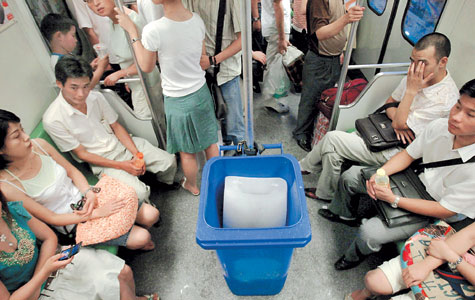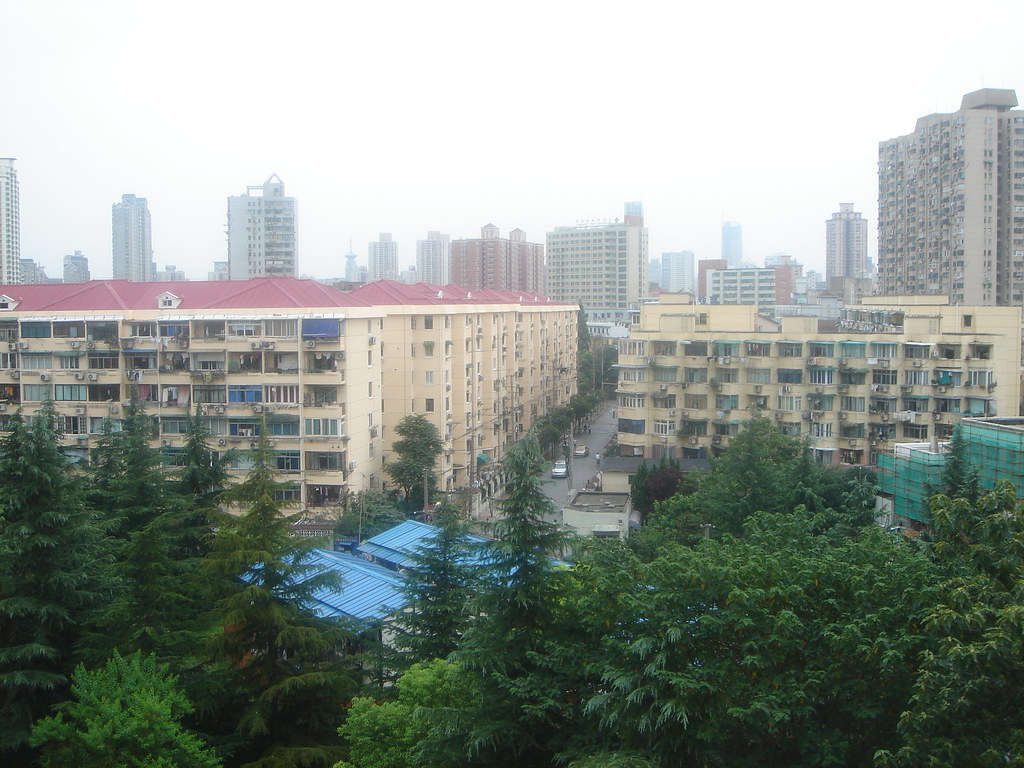This week I went to the Online Gaming China 2006 conference in the Renaissance Pudong hotel in Shanghai. It was a small but high-level conference, with executives from mainly the US, Japan, Korea and China. The event gave a good overview of the current state of the online gaming market in China and its future trends.
Gaming started in China around 10 years ago: the first PC game studio was opened in 1995, and the first foreign studio (Ubisoft) opened its doors a year later. At that time not many people had access to computers, but already in 1998 the first casual game portal started (ourgame.com). Three years later China created its first MMO (Stone Age), followed in 2003 by the first foreign MMO. This MMO, Everquest, was not a big success, leading people to say that foreign games do not work in China. But the huge success of World of Warcraft in China proved these people wrong.
The demographics of China’s players show that most players are still quite young. 75% is younger than 25, and 83% of them is male. And of these players 75% plays at least 3 hours a day!
According to Julien Le Bigot from Ubisoft, the trend in China will be from MMO’s to casual games. The main reason is that a good MMO is so expensive to make (around 30 million USD) that the risk is too high that it won’t work. Cheaper MMO’s (say 2-3 million) can also be produced, but now that most gamers are used to high-quality games such as WoW it will be difficult for these games to become successful.
The president of Tose Software (the world’s largest outsourcing game developer, with 220 staff in China in 2 locations), Mr. Shigeru Chigusa, sees a trend towards offline-zation of online games (basically, creating version for consoles with online capabilities) and online-zation of console games (publishing existing titles as online games, with new features such as item sales and in-game advertising). These strategies can continue and expand the franchise of games that companies put a lot of money into already.
Consoles are still not used a lot in China, almost everybody uses PC’s to play games. But the console will be coming, and there were even rumours of the Xbox 360 moving into this field with localized and online games (MMO’s?).
John Lee, managing director global publishing of NCsoft, discussed some of the common mistakes in localization. According to him a lot of localization is based on people reading every book and article about China, but that is not enough. You have to be on the ground in order to understand the market. Furthermore, there is no specific Asia friendly graphic template. You have to be creative instead of copying existing characters. By copying you won’t create a winning game.
Monte Singman, CEO of Radiance Digital Entertainment, also touched upon this. He talked about the “me too, but better” titles. There are too many of these games that build on existing games ideas and add some more features. These titles might do well in the beginning, but will level off very soon. The problem is that many game developers are afraid of innovation, they feel innovation will be punished. In that case a good strategy could be to license well-known characters (Disney, Ronald McDonald) or use licenses with a buzz (e.g. movie titles).
Mr. Singman then showed a chart of Chinese players’ behaviour, which I found very interesting. The question was what the main attraction of a game was for gamers. Surprisingly the most important (16.4%) was to meet new friends! After that several game-related answers followed (15.6% wants to get special game items, 11.5% wants to accomplish missions), but there were two other things that stood out for me. About 8% sees the main attraction of a game to chat with others, and another 8% wants to form groups in a game. Some games (e.g. by Shanda) follow this trend by giving people the option to get married and adopt a kid in their game. So 1/3 of all gamers choose a game or game platform mainly because they can socialize in it.
In a speech by Travis Beaven of UIEvolution, he discussed among others the trend for Web 2.0 features in games. Basically, user-generated content such as in virtual worlds like Second Life, but then for online games. He argues to give users the tools to make new levels in games, or to create new missions. Why? Gamers know much better what they want to see in games than the developers.
Most discussions during the 2-day event also touched upon mobile games. The audience agreed that mobile gaming will be big in China, the question is only: when? China Mobile just implemented stricter rules for distributing mobile games, which does not necessarily help the market. Likely it will be at least 2-3 more years before the mobile gaming boom will start (3G has to be implemented first, and people should have 3G phones). So what should you do, invest now and be among the first, but not earn much over the next 2-3 years? Or take a wait-and-see approach and only enter the market once it takes off? The first ones will certainly have the best chances, but many people would rather wait a bit.
China Online Gaming 2006 was the first conference in Shanghai specifically about online gaming, and depending on the feedback of the visitors there will be a China Online Gaming 2007. The conference coincides nicely with ChinaJoy 2006, the gaming exhibition that starts tomorrow. ChinaJoy is now already the world’s third largest gaming exhibition (after E3 and Tokyo) and keeps on growing. Of course I will be going there over the next few days.
(cross-posted on marketingfacts.nl in Dutch)




